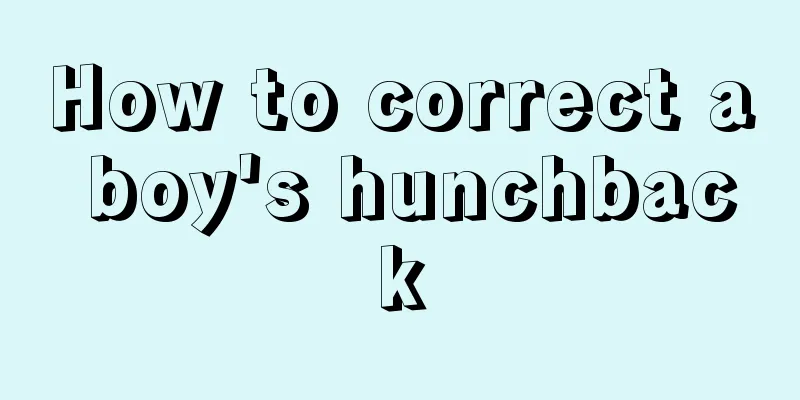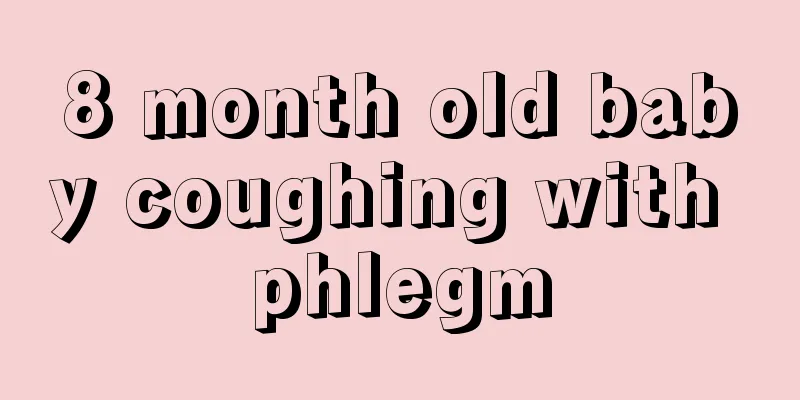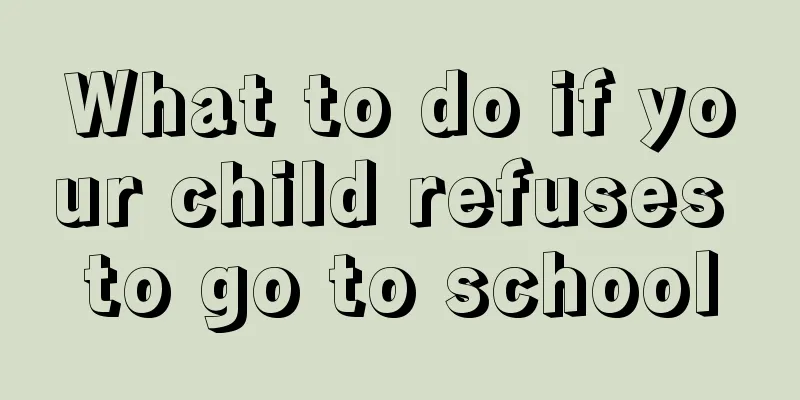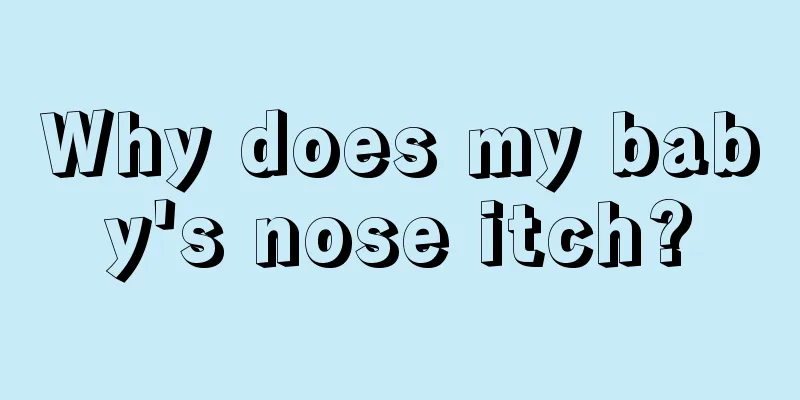What should I do if my 11-year-old child has recurring fever?

|
Children's disease resistance is much weaker than that of adults, so when the flu strikes, children are often the first to be hit, with symptoms such as colds and fevers. When a child has a fever, parents must pay attention, because high fever can often cause damage to the child's brain. So, what should you do when your child has a fever? What should you do if your child has a fever repeatedly? Daily home care If the fever is not high and there are no obvious symptoms, he should be allowed to rest more; maintain a light diet and drink plenty of water; keep the room ventilated; change clothes frequently when the child sweats and reduce the number of clothes appropriately. There are some things to pay attention to when taking medicine for fever Low fever of 37.5-38.5 degrees generally does not require antipyretics, and it is recommended to drink more water. If the fever exceeds 38.5, you can take antipyretics. When the fever is high, it is recommended to use both physical cooling and drug cooling at the same time. Taking antipyretic medication to reduce fever Using drugs to reduce fever is relatively safe for infants and young children. Currently, the main drugs used are Motrin, Tylenol, or antipyretic acid. Antipyretic injections are basically no longer used. Don't worry if you have a fever again after taking injections or medication The function of antipyretics is to prevent the fever from being too high or lasting too long, so if the fever comes back after temporarily subsiding, it is because the illness has not yet been cured. After taking antibiotics, fever does not mean that the condition has worsened, but rather that heat energy is released due to killing bacteria. It is best not to mix antipyretics There is actually no need for antipyretics because their ingredients are similar. You only need to take one, 6 to 8 hours apart. The dosage should be based on body weight in kilograms and cannot be used entirely based on the principles or recommended tables. Non-infectious fever does not require antibiotics Antibiotics are absolutely not needed for non-infectious fever, and antibiotics are not recommended for viral infections in infectious fever. When a baby has a fever, a CRP test is usually required to determine whether antibiotics are needed. When a child has a fever, if the body temperature does not exceed 38.5 degrees, it is generally not recommended to take antipyretics. Physical cooling methods can be used to reduce the fever. If the body temperature exceeds 38.5 degrees, antipyretics can be taken under the guidance of a doctor. At the same time, antibiotics should be used to fight viruses according to the condition of the child. This will treat the symptoms and the root cause, and the child's fever will go down. |
<<: At what age is it normal for children to change their teeth?
>>: Is it normal for a four-year-old to start losing teeth?
Recommend
What should I do if my child has a bloated stomach? Teach you simple home care methods
Abdominal bloating is a common symptom in childre...
What should I do if my baby keeps waking up at night?
The baby keeps waking up. It will affect the baby...
What is the reason for children to grow canine teeth
It is quite common for children to have canine te...
What to do if your child is restless at night
If a child cannot sleep well at night, it will de...
What to do if your child has allergies
Children are mainly prone to inheriting allergies...
Why does my baby suddenly stop drinking breast milk?
If the baby suddenly stops drinking breast milk, ...
What to do if the baby's bottom is flooded
After a baby is born, he needs to rely on his par...
What to do if your child keeps crying
Every child is a treasure in the palm of his or h...
When is the critical period for children's intellectual development?
As time goes by in daily life, children's bod...
What should I do if my baby has a fever and convulsions?
Children are the central word of a family. Every ...
What causes ADHD in children?
The occurrence of ADHD in children may be affecte...
Which department should children with foreskin that is too long go to?
For most children, they often encounter the probl...
Measles vaccine reaction
When it comes to measles vaccine, perhaps many pe...
What are some calcium-supplementing recipes for children?
During the growth of children, calcium is an indi...
Eight-month-old baby does not urinate all night
Every change in the baby after birth is watched b...









